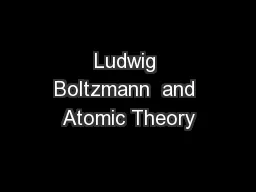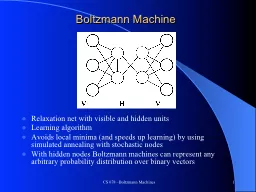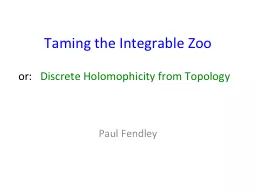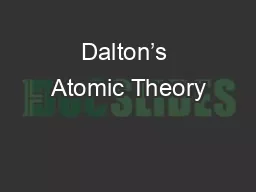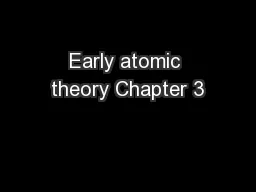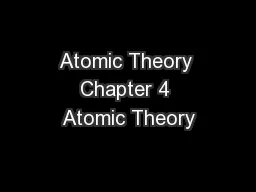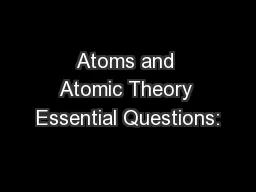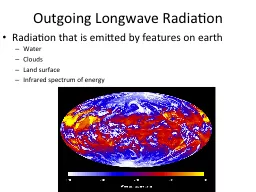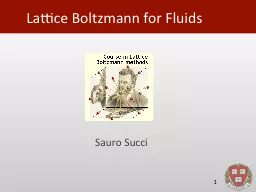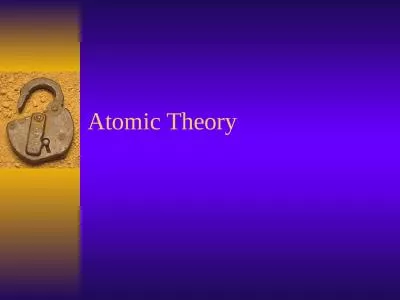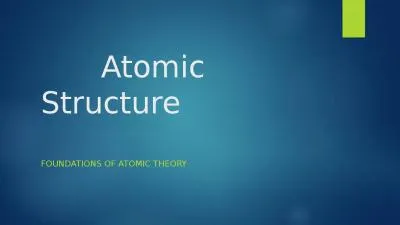PPT-Ludwig Boltzmann and Atomic Theory
Author : olivia-moreira | Published Date : 2018-03-07
Principal Source Boltzmanns Atom David Lindley The Free Press New York 2001 Atom Greek Uncutable Universe composed of indivisible objects Philosophy and Atomic
Presentation Embed Code
Download Presentation
Download Presentation The PPT/PDF document "Ludwig Boltzmann and Atomic Theory" is the property of its rightful owner. Permission is granted to download and print the materials on this website for personal, non-commercial use only, and to display it on your personal computer provided you do not modify the materials and that you retain all copyright notices contained in the materials. By downloading content from our website, you accept the terms of this agreement.
Ludwig Boltzmann and Atomic Theory: Transcript
Download Rules Of Document
"Ludwig Boltzmann and Atomic Theory"The content belongs to its owner. You may download and print it for personal use, without modification, and keep all copyright notices. By downloading, you agree to these terms.
Related Documents

